Why Your Patients Need Falls Prevention Technology
Patient falls resulting from unassisted bed or chair exits are a problem many hospitals and healthcare facilities must deal with on a regular basis.
Inpatient falls can lead to serious injury or even death. Each year, roughly 700,000 to 1 million patient falls occur in U.S. hospitals, resulting in about 250,000 injuries and up to 11,000 deaths.1
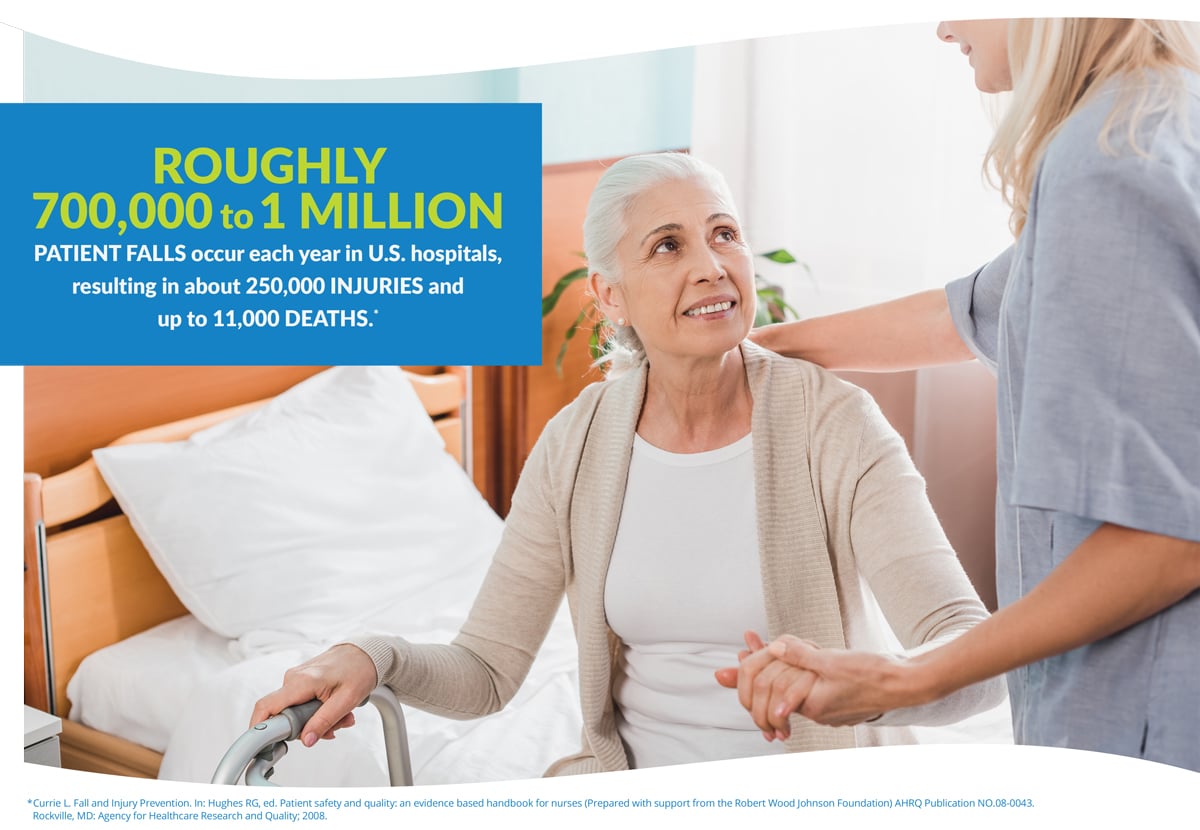
These falls place an unnecessary burden on patients and their families at what is already a highly stressful time. And while the physical toll of inpatient falls is readily recognizable, sometimes we underestimate the emotional and financial pain they cause. For example, having to stay in a facility longer (away from loved ones) or missing additional time at work are often significant hardships.
Of course, even the proper use of falls prevention technology won’t eliminate inpatient falls altogether, but it can minimize their frequency and mitigate injuries.
Why Your Healthcare Facility Needs Falls Prevention Technology
Inpatient falls also have a material effect on the healthcare facility itself. This can come in the form of higher medical costs due to patients needing to stay longer to recover, or even the need for additional surgeries. The prospect of litigation must also be considered if the falls were preventable.
Providing the best possible care is goal number one for every facility, but to do that the facility must be financially healthy. The peace of mind that comes with knowing falls prevention technology is in place and being used properly makes it a sound investment.
How Chair Sensors Helped the Center for Rehabilitation at Wilmington Hospital
Unit leaders at this Delaware facility had noticed a troubling trend.2 Only two years after lowering their overall fall rate below the goal recommended by the National Database of Nursing Quality Indicators®, patient falls from chairs were increasing.2
No single factor could explain the increase, so they decided there needed to be a system-wide change.2 The goal would be to decrease the number of patients falling out of chairs by 10% during the next fiscal year.2 Taking a data-driven approach, they developed an action plan that included using low beds with mats and bed alarms, nonskid socks, yellow fall-risk armbands, and fall-risk signs outside patient rooms.2
When the year ended, they had not only achieved an 81.3% reduction in falls from chairs but had also lowered their overall fall rate.2 According to the unit leaders, the most significant and perhaps most effective decision was to use two self-releasing chair sensors in concert with one another for patients who met specified criteria for fall risk.2
How Chair Sensors Helped Yale New Haven Hospital
A decade ago, Yale New Haven Hospital’s fall prevention charter had noted a hospital-wide increase in patient falls from chairs.3 Simultaneously, the hospital’s restraint committee was working to reduce the use of physical restraints.3 Seeking a mutually acceptable solution, the two collaborated to evaluate the potential suitability of self-releasing chair sensors within the hospital’s neuroscience service.3
Results of staff surveys from the subsequent two-month pilot program indicated that the self-releasing chair sensor was effective and easy to use.3 That same year saw a hospital-wide rollout of the sensor.3
Two years later, the Neurosciences Intensive Care Unit (NICU) used the self-releasing chair sensor consistently along with alarm bed pads.3 Although most patients in the NICU were cognitively impaired, the unit reported no falls for an entire year.3 This accomplishment was especially impressive as there was also an initiative underway in the NICU to get patients up in chairs and moving as soon as possible.3
Posey HeadStart Notification Sensors
The use of self-releasing sensors as part of a comprehensive fall prevention plan at these two hospitals represents an important step in the right direction.
Our innovative HeadStart® Notification Sensors further develop and refine this approach. Compatible with all Posey® Alarms, these self-releasing chair and bed sensors alert you before a patient exits a chair or bed so you can intervene and prevent a fall that could lead to injury or even death.
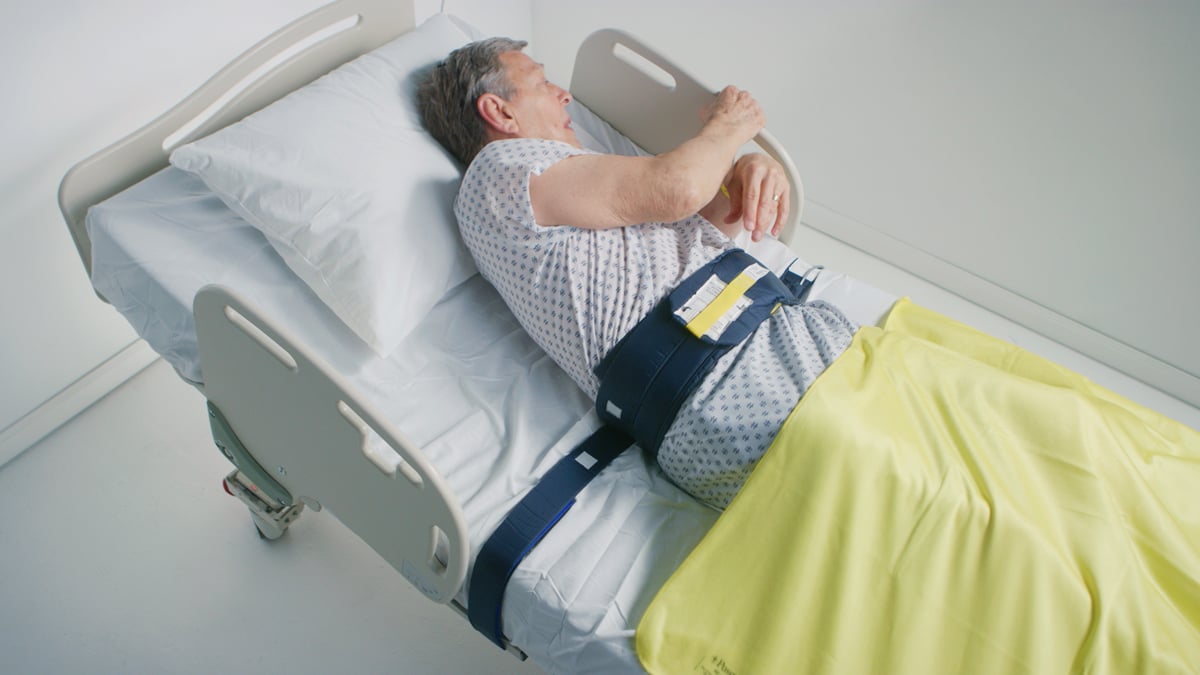
Posey HeadStart Sensors are able to provide this advance notification thanks to a unique dual-release design. An audible alert also gives the patient the opportunity to pause and wait for assistance.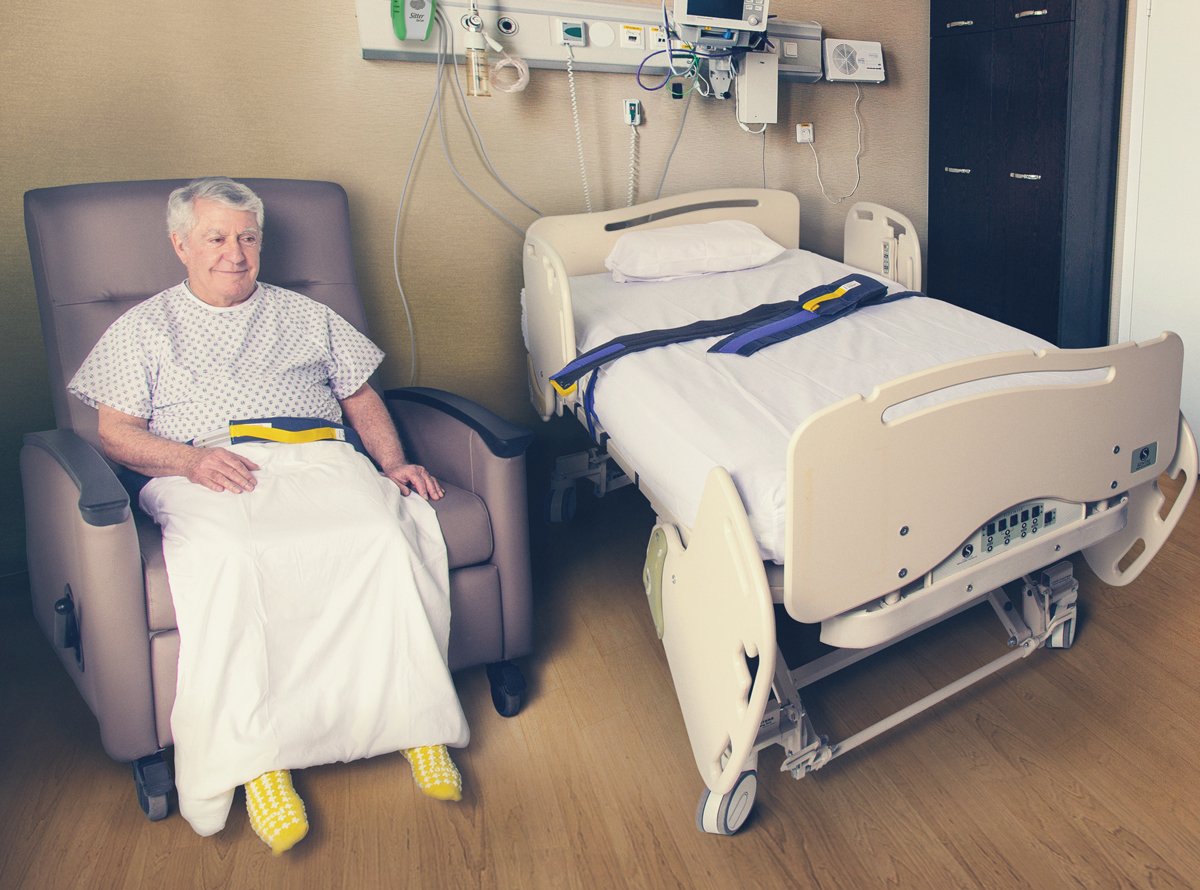 Making hospitals safer for patients and staff is a never-ending journey. My goal is to help you in this critical endeavor. To learn how TIDI Products can better serve your healthcare facility, please reach out to me directly at poseyinnovation@tidiproducts.com.
Making hospitals safer for patients and staff is a never-ending journey. My goal is to help you in this critical endeavor. To learn how TIDI Products can better serve your healthcare facility, please reach out to me directly at poseyinnovation@tidiproducts.com.
SOURCES
1. Currie L. Fall and Injury Prevention. In: Hughes RG, ed. Patient safety and quality: an evidence based handbook for nurses (Prepared with support from the Robert Wood Johnson Foundation) AHRQ Publication NO.08-0043. Rockville, MD: Agency for Healthcare Research and Quality; 2008.
2. Alderson FE. Self-releasing alarm belts: It takes two. American Nurse Today. 2017 March;12(3):25-26. Online summary: https://www.myamericannurse.com/self-releasing-alarm-belts-takes-two/
3. Wicker D. Hook-and-loop alarm belt: A vital component in a fall-prevention toolkit. American Nurse Today. 2017 January;12(1):25-26. Online summary: https://www.myamericannurse.com/hook-loop-alarm-belt-vital-component-fall-prevention-toolkit/

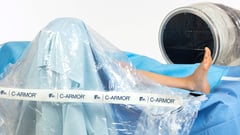
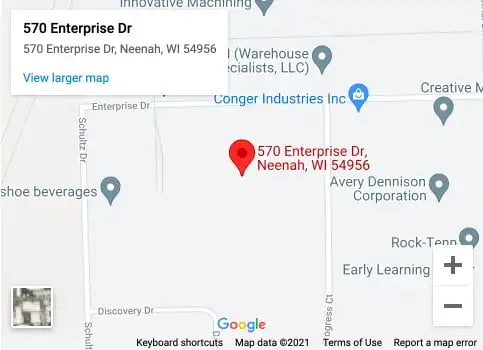

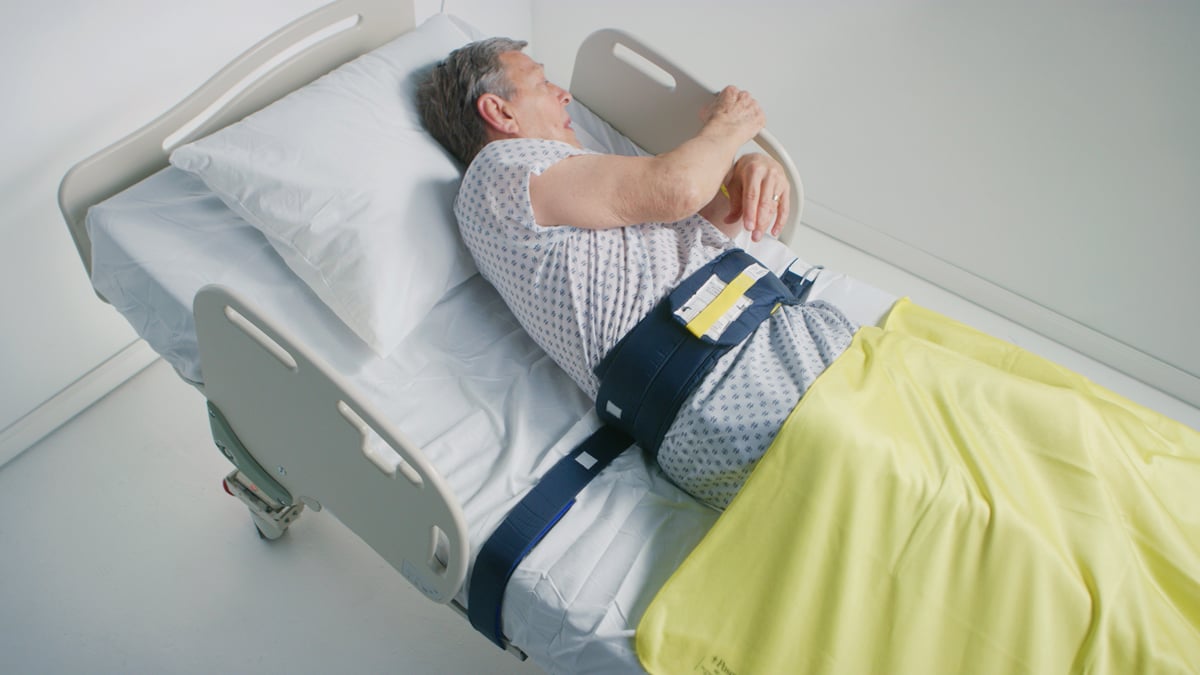



 Making hospitals safer for patients and staff is a never-ending journey. My goal is to help you in this critical endeavor. To learn how TIDI Products can better serve your healthcare facility, please reach out to me directly at
Making hospitals safer for patients and staff is a never-ending journey. My goal is to help you in this critical endeavor. To learn how TIDI Products can better serve your healthcare facility, please reach out to me directly at 